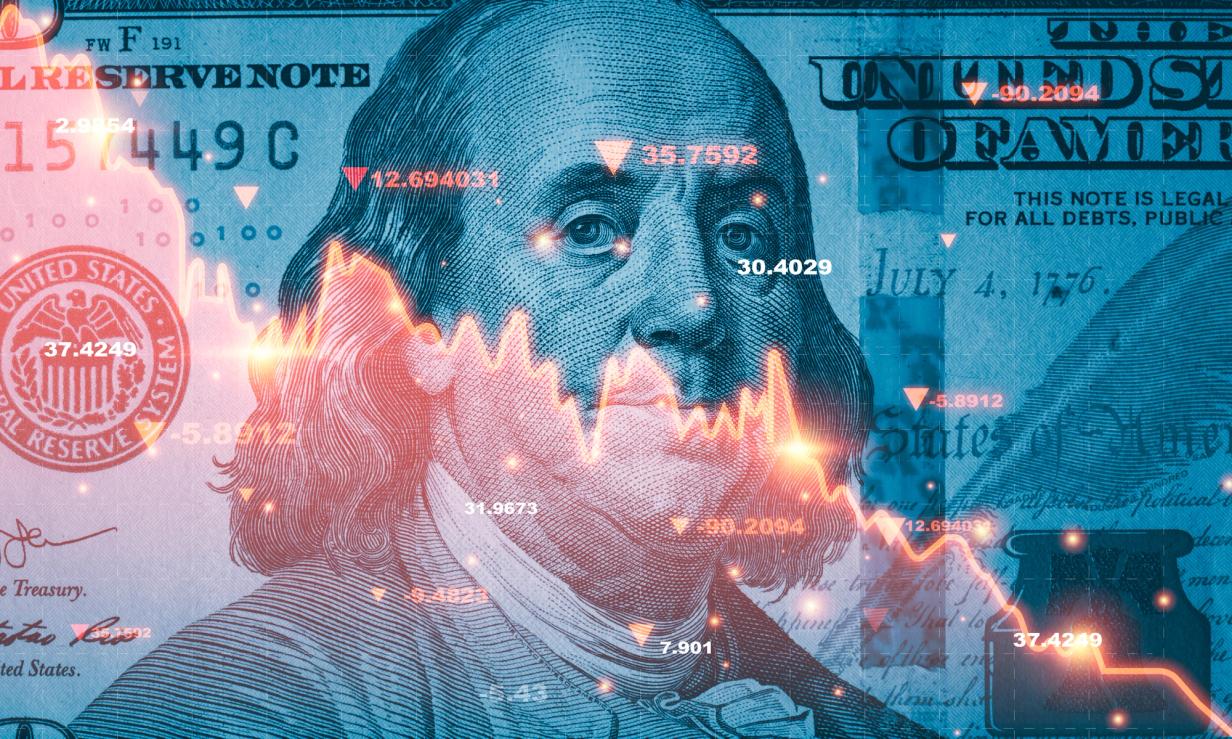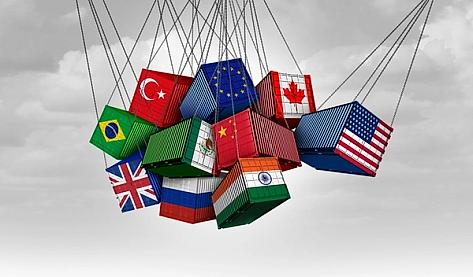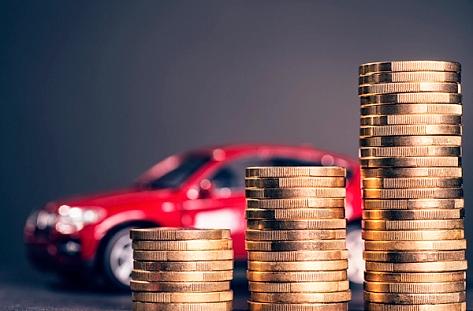
How Tariffs Affect Car Prices: What Buyers Need to Know
If you're in the market for a new or used car, you've probably noticed that prices seem higher than usual. One big reason for that? Tariffs. But don’t worry—we’re going to break it all down in a simple way so you can shop smart and make the best choice for your budget.
What Are Tariffs?
Tariffs are taxes that the U.S. government puts on goods coming from other countries. In the car world, that means higher costs for vehicles or parts made overseas. If a manufacturer has to pay more to bring a car into the country, they usually pass that cost on to you, the buyer.
But why do tariffs exist in the first place? Great question.
Tariffs are used for a few main reasons:
- To protect U.S. jobs and industries: By making imported goods more expensive, tariffs encourage people to buy American-made products.
- To reduce trade deficits: The U.S. often imports more than it exports. Tariffs aim to balance that out by making imports less attractive.
- To pressure other countries: Sometimes tariffs are used in trade negotiations to push for better deals or to respond to unfair practices by other countries.
- To generate government revenue: Tariffs bring in money for the government, which can be used for programs or infrastructure.
However, tariffs can backfire by making goods more expensive for consumers, especially in industries like automotive manufacturing, where many parts are globally sourced.
Short-Term Pain, Long-Term Gain: While tariffs can hurt in the short term—causing price hikes and limiting choices—they’re often designed with long-term benefits in mind. The goal is to strengthen American manufacturing, bring jobs back to the U.S., and reduce dependence on foreign goods. Over time, this can lead to a more self-reliant economy, better job stability, and even more competitive pricing as domestic production ramps up.
How Tariffs Affect Car Prices
When tariffs go up, so do prices. For example, a vehicle that used to cost $25,000 might now be $27,000 because of increased import fees. That $2,000 difference doesn’t just affect the sticker price—it can bump up your monthly payment, too.
Let’s look at a real-life example:

New vs. Used: What's the Better Move?
If you're trying to stay on budget, used cars might seem like the smarter choice. But the reality is a bit more nuanced.
When a Used Car Makes Sense:
- Lower upfront cost: A 3-year-old Honda Civic might go for $17,000 compared to $26,000 for a new one.
- Depreciation already hit: New cars lose value quickly in the first few years. Buying used means you avoid that big drop.
- Lower insurance premiums: Used cars often cost less to insure.
Watch out for:
- Tariff-inflated prices: Some used imports have increased in price if their parts or original build came from overseas.
- Repair risks: Older cars may need more maintenance. Make sure to get a vehicle history report and have the car inspected.
When a New Car Makes Sense:
- Warranty coverage: Most new cars come with 3-5 years of full coverage.
- Better financing: You might qualify for 0% interest or cashback deals.
- Latest tech and safety features: If things like lane assist, adaptive cruise control, or fuel efficiency matter to you, new cars deliver.
Real-Life Example: Say you're looking at a 2021 Toyota RAV4 with 35,000 miles for $24,000 or a brand-new 2024 RAV4 for $31,000. If the dealer offers 0% APR on the new one, your monthly payment might be similar—or just slightly higher—but with more perks and warranty coverage.
What You Can Do:
- Compare CPO (Certified Pre-Owned) vehicles to new ones.
- Use tools like Kelley Blue Book or Edmunds to evaluate fair market value.
- Look at lease returns—these vehicles are typically well-maintained and less impacted by tariff-related inflation.
- Explore car research and dealer lead tools like:
- AutoFinder.com: Helps you find cars in your area and connect with dealers.
The Bottom Line
Tariffs might be making cars more expensive, but that doesn’t mean you can’t find a great deal. With a little research and smart shopping, you can drive away happy—and within your budget.
Prices change all the time, and tariffs can shift with government policy. Always double-check current deals and financing options with your dealer before making a final decision.
Related Articles

2025 Auto Trends: Your Personalized Roadmap
Automotive Market Trends
Ready for the future of driving? Discover 2025's most exciting EVs, smart tech, and sustainable cars like the Tesla Model 3 and Volve XC40 Recharge.

Why Tariffs Matter to Car Buyers in 2025
Automotive Market Trends
Wondering how tariffs affect car prices? Learn how import changes could impact what you pay for new and used vehicles in 2025.

Automakers Are Finally Doing Something about Crazy Car Prices
Automotive Market Trends
Looking for an affordable car in 2025? See how Ford, Chevy, and VW are making quality rides budget-friendly again with new models and trims.